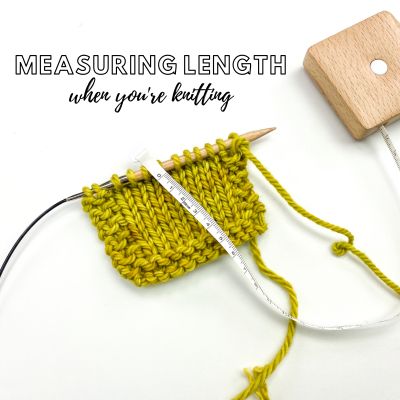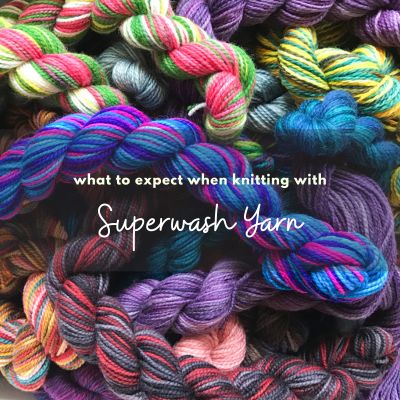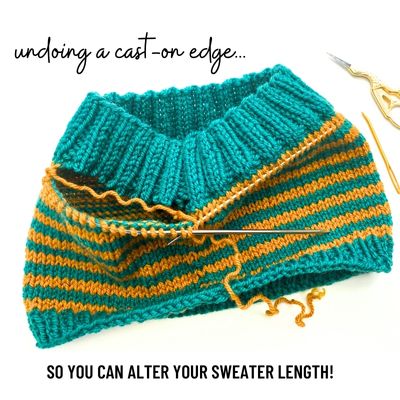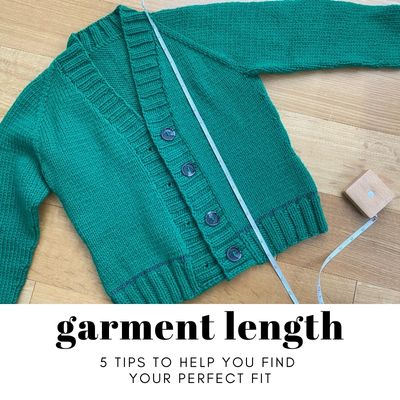
It’s inevitable that the longer you are a knitter the more ‘stash yarn’ you’ll accumulate! Stash yarn consists of leftovers from previous projects, new yarns you couldn’t resist when you were visiting…

There are so many points in a knitting pattern where the instructions may say something along the lines of “work until piece measures approximately x inches/centimeters“. But how exactly do you measure…

Through the years I have knit with so many different types of yarn. Plus my many years of working at a yarn shop exposed me to so many varieties – ones that…

In my last blog post, I shared some tips about how to decide on your underarm-to-hem body length when knitting a sweater, especially as it relates to bottom-up sweaters where it’s trickier…

One of the most common pattern adjustments you can make when knitting a garment is adjusting the length. In many of my patterns, whether they are bottom-up or top-down, when working the…
